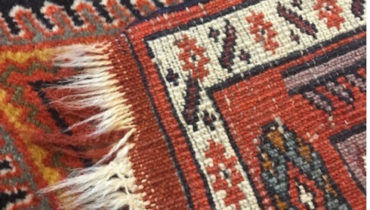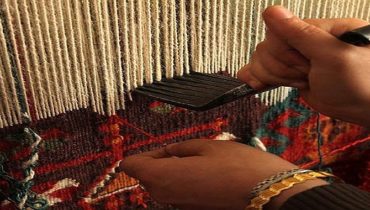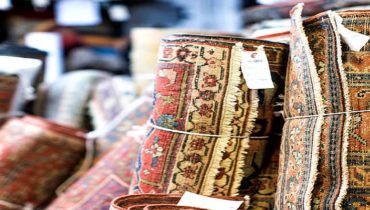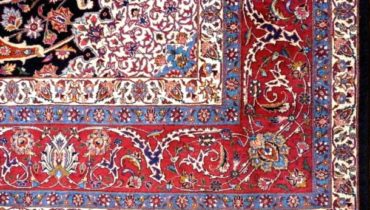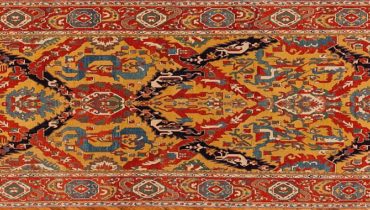A graceful, curvilinear style and a masterful use of color is typical of Persian rugs. The great tradition of rug making culminated in the 16th and 17th centuries in densely woven court carpets of the Safavid period. Usually classified according to the particular type of design displayed in each, they include medallion carpets, whose large central medallion patterns are embellished with flowers; garden carpets, incorporating flowerbeds, paths, and often even canals and pools; flower carpets; vase carpets, in which an ornamental vase holds flowers and vines; animal carpets; and hunting carpets, portraying a favorite royal sport.
Regional and village carpets of Persia most often use the central medallion design or all-over pattern of flowers or other flowing forms; they are usually but not always more coarsely woven than court carpets. Regional carpets are usually designated by their place of origin, such as Bakhtiari, Sijar, Qum, Feraghan, Hamadan, Herez, Isfahan, Frootani, Kashan, Kerman, Khorassan, Kurdistan, Sarouk, Sehna, Shiraz, and Tabriz.
WhatsApp+85264256702 info@coshmere.com
Summer sale discount off 25%!Shop Now !!!
Persian Hand Woven Rugs
Leave a comment

